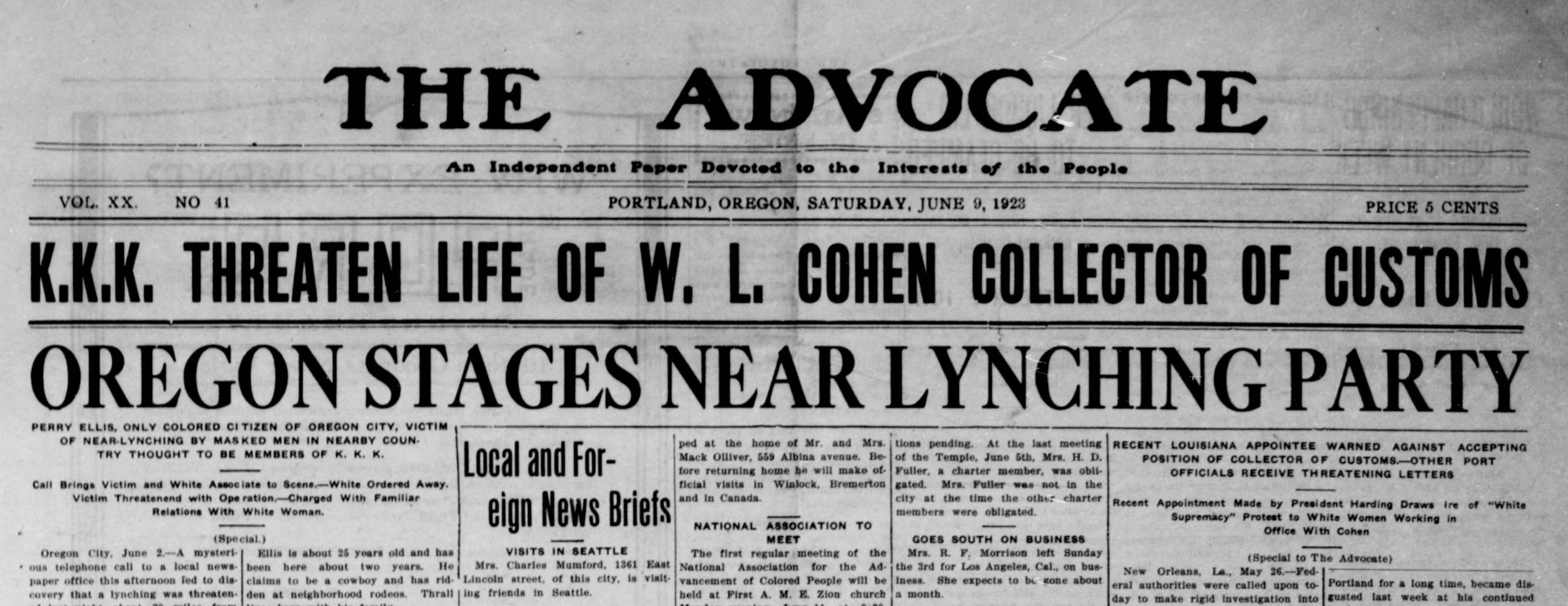An Unbiased View of News Articles
An Unbiased View of News Articles
Blog Article
The Of News Articles
Table of ContentsThe 15-Second Trick For News ArticlesSee This Report about News ArticlesLittle Known Facts About News Articles.The Only Guide to News ArticlesNews Articles Things To Know Before You Get This
Excellent expertise of different topics gives trainees a competitive side over their peers. Despite the fact that digital and social networks are conveniently easily accessible, we should not neglect how vital it is to read the papers. Moms and dads should attempt and inculcate the routine of reading a newspaper as an everyday routine to proceed the heritage of the adored print medium.News tales also include at the very least among the adhering to essential qualities about the designated audience: closeness, prominence, timeliness, human rate of interest, curiosity, or repercussion. The relevant term journalese is in some cases utilized, generally pejoratively, to refer to news-style writing. Another is headlinese. Newspapers normally stick to an expository writing style.
Within these restrictions, news stories also intend to be extensive. Among the larger and more respected newspapers, justness and balance is a major element in presenting details.
Papers with a global audience, for instance, often tend to make use of a much more formal design of creating. The certain choices made by an information electrical outlet's editor or editorial board are typically collected in a design guide; common design guides consist of the and the United States News Style Publication. The primary goals of information writing can be summarized by the ABCs of journalism: precision, brevity, and clearness.
The 9-Minute Rule for News Articles
Generally, reporters will certainly not make use of a long word when a short one will do. They utilize subject-verb-object building and construction and vibrant, active prose (see Grammar). They provide narratives, instances and allegories, and they hardly ever rely on generalizations or abstract concepts. Information authors attempt to stay clear of making use of the very same word much more than as soon as in a paragraph (in some cases called an "echo" or "word mirror").
Nevertheless, headings often omit the topic (e.g., "Jumps From Boat, Catches in Wheel") or verb (e.g., "Pet cat female lucky"). A subhead (likewise subhed, sub-headline, subheading, subtitle, deck or dek) can be either a subordinate title under the major heading, or the heading of a subsection of the post. It is a heading that precedes the major message, or a team of paragraphs of the primary text.

Extra billboards of any of these kinds may show up later in the short article (particularly on subsequent web pages) to lure further analysis. Such billboards are also made use of as tips to the article in various other sections of the magazine or site, or as ads for the piece in various other publication or websites. Typical framework with title, lead paragraph (recap in strong), other paragraphs (information) and contact info.

Example of a hard-lead paragraph NASA is recommending one more space task. The firm's budget demand, introduced today, consisted of a strategy to send one more mission to the Moon. This time the firm wishes to develop a long-lasting facility as a explanation jumping-off place for various other room experiences. The budget plan requests around $10 billion for the job.
The NASA announcement came as the firm asked for $10 billion of appropriations for the project. An "off-lead" is the 2nd essential front page information of the day. The off-lead shows up either in the top left edge, or directly listed below the lead on the. To "hide the lead" is to begin the write-up with history information or information of additional importance to the viewers, requiring them to find out more deeply into a write-up than they ought to need to in order to find the important factors.
Rumored Buzz on News Articles
Usual usage is this hyperlink that one or more sentences each create their very own paragraph. Reporters usually explain the company or framework of an information tale as an upside down pyramid. The important and most fascinating aspects of a tale are placed at the start, with sustaining details following in order of decreasing significance.
It enables individuals to check out a subject to just the deepness that their interest takes them, and without the charge of information or subtleties that they might think about pointless, yet still making that details readily available to extra interested viewers. The upside down pyramid framework additionally makes it possible for write-ups to be cut to any arbitrary size during layout, to suit the room readily available.
Some writers begin their tales with the "1-2-3 lead", yet there are numerous kinds of lead available. A twist can refer to several things: The last tale in the news broadcast; a "satisfied" story to end the program.
Longer posts, such as magazine cover write-ups and the items that lead the inside areas of a newspaper, are referred to as. Attribute stories vary from straight information in several means. Foremost is the absence of a straight-news lead, most of the moment. As opposed to supplying the essence of a tale up front, attribute authors might attempt to their explanation lure viewers in.
An Unbiased View of News Articles
A feature's first paragraphs typically connect a fascinating minute or occasion, as in an "unscientific lead". From the details of an individual or episode, its sight promptly widens to generalities about the story's subject.
The Editor's Toolbox: A Reference Overview for Beginners and Professionals (2001) Allan M. Siegal and William G. Connolly. The New York Times Guidebook of Style and Use: The Official Design Guide Made Use Of by the Writers and Editors of the World's The majority of Authoritative Paper (2002) M. L. Stein, Susan Paterno, and R.
Report this page